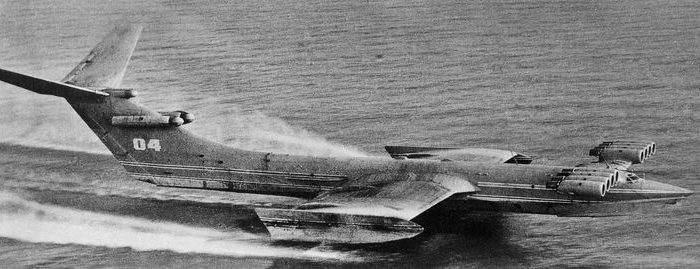The Pentagon’s Defence Advanced Research Projects Agency (DARPA) has sought ideas to develop wing in ground-effect (WIG) capable vehicles and seaplanes.
Last week, DARPA issued a call to defence contractors for novel seaplanes—specifically wing-in-ground (WIG) craft. These machines were initially built in the 1960s with a blend of ship and aircraft. However, in the early years, WIGs turned out to be an utter failure. Nevertheless, the U.S. military wants to use these new generation sea monsters for sending troops, tanks, and missiles across entire oceans.
On August 18, DARPA released the Request for Information on a U.S. government website, initially observed by Aviation Week Defense Editor Steven Trimble. According to the request, DARPA requires a “new class of vehicle.” In addition, it also notes that conventional air and sea lift platforms have “major operational limitations.” For instance, cargo ships take weeks to reach their target, whereas cargo aircraft also have limitations such as size, highly developed runways etc.
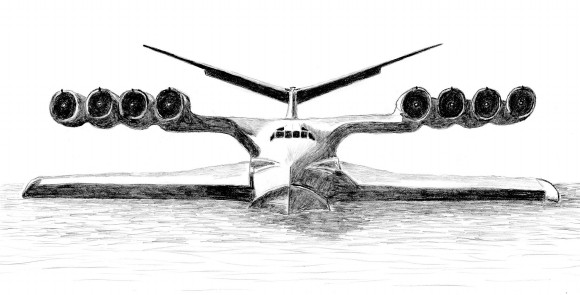
At low altitudes, the surface area of a flying object catches a cushion of air between the object and the ground. Wing-in-ground effect craft can “ride” that cushion, floating above Earth’s surface at plane-like speeds providing higher efficiency. Wing-in-ground vehicles take off from the water and then cruise above it for the duration of the flight.
WIG aircraft can address many of the constraints of the sea and airlift platforms. However, WIG aircraft have their share of restrictions too while operating in “high sea states,” the Request For Information underlined. For instance, WIG aircraft are incompetent to avoid collision in a congested environment.
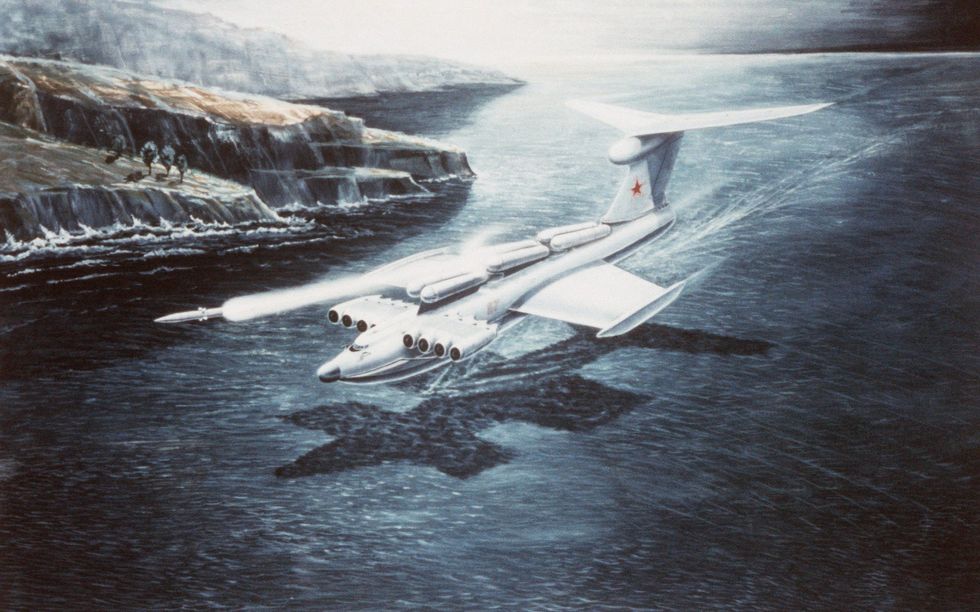
DARPA, therefore, seeks aircraft designs that address major limitations of the sea and airlift platforms. It requires designs based on the WIG concept, with additional capabilities, including takeoff and land in the water for runway independence, low-cost manufacturing techniques, and 100 tons of operational payload capability.
During the Cold War, the Soviet Union trialled WIG on various occasions. For instance, the Lun. It was 240 feet long, 63 feet tall, and had a wingspan of 144 feet, nicknamed “Flying Sea Monster.” It carried a payload of 100 tons, including troops and equipment, at speeds of 342 miles per hour to a range of up to 1,080 miles. WIG was armed with six P-270 Moskit anti-ship missiles and four 23-millimetre automatic cannons. The first-ever Lun built was well-looked-after at the Caspian Sea coast. In October 2020, a recovery operation was underway to save it.
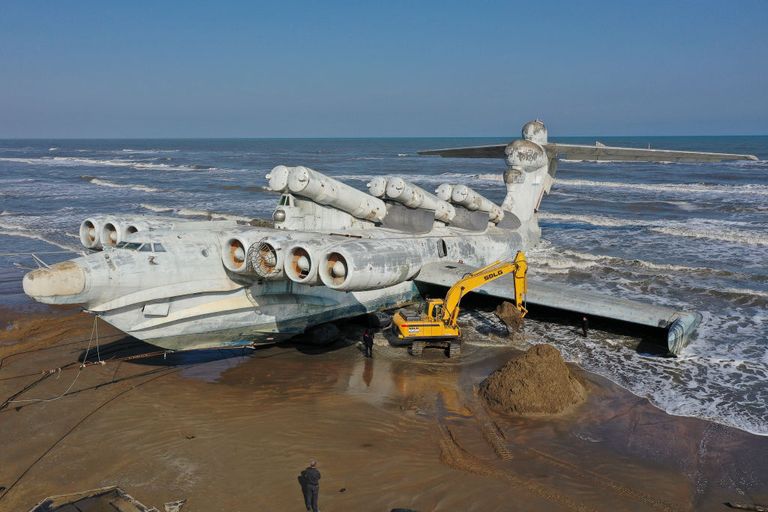
DARPA has specifically jotted down what it requires out of a modern wing-in-ground effect craft. It should have the ability to take off and land in water, leaving traditional runways behind, for instance, on islands and coastlines without high functioning airports. In addition, the new generation WIG craft should fly high and avoid any impediments that might come on the way. Most importantly, it should be solid enough to fly in rough waters and weather. At last, the agency wants the craft to carry 100 tons of cargo, at least.
DARPA foresees the new WIG design to connect geographically distinct land bases over a large area. In addition, it also aims to see WIGs ushering supply runs in combat zones, assisting in combat search-and-rescue missions, supporting amphibious warfare, acting as a childbearing vehicle for unmanned robotic vehicles, and employing long-distance patrols over the Arctic wastes.
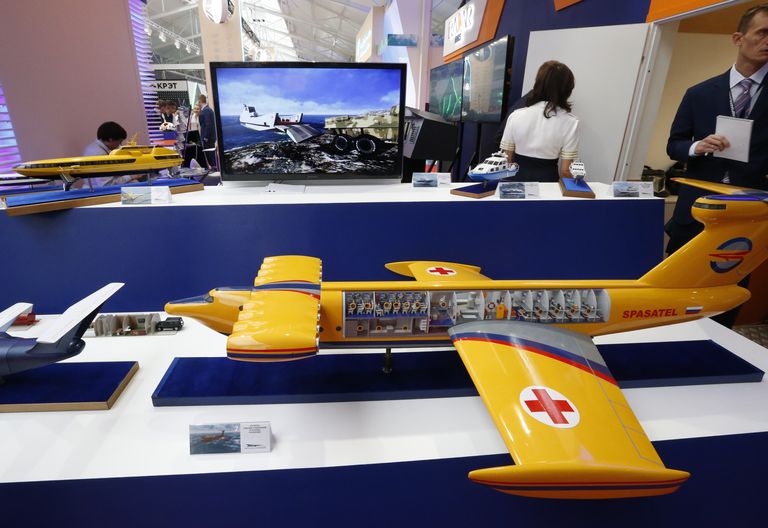
The offer is open to all; feel free to drop innovative ideas. The deadline to submit an information packet is September 17, 2021. Use 12-point font and keep it precise and to-the-point.

